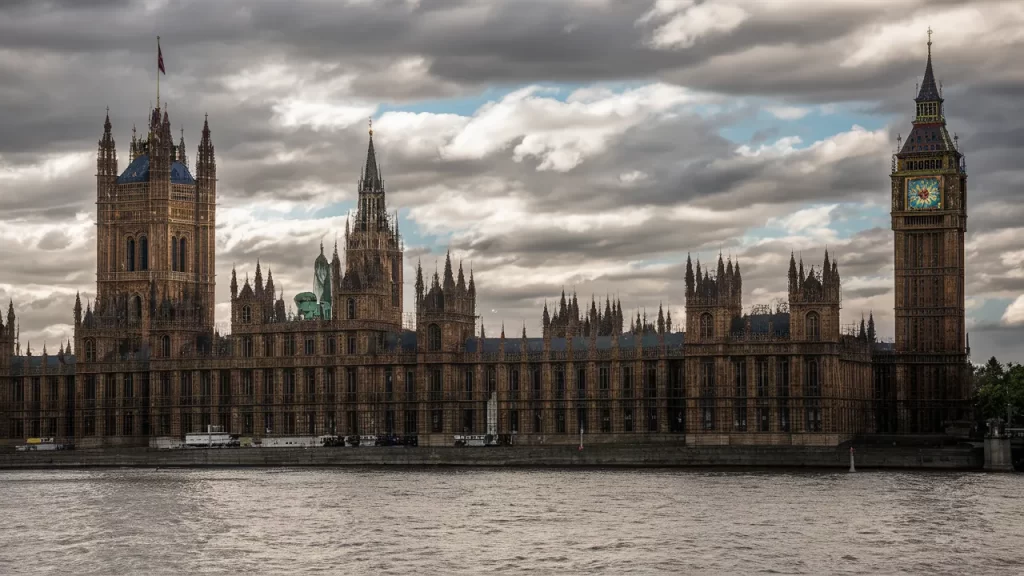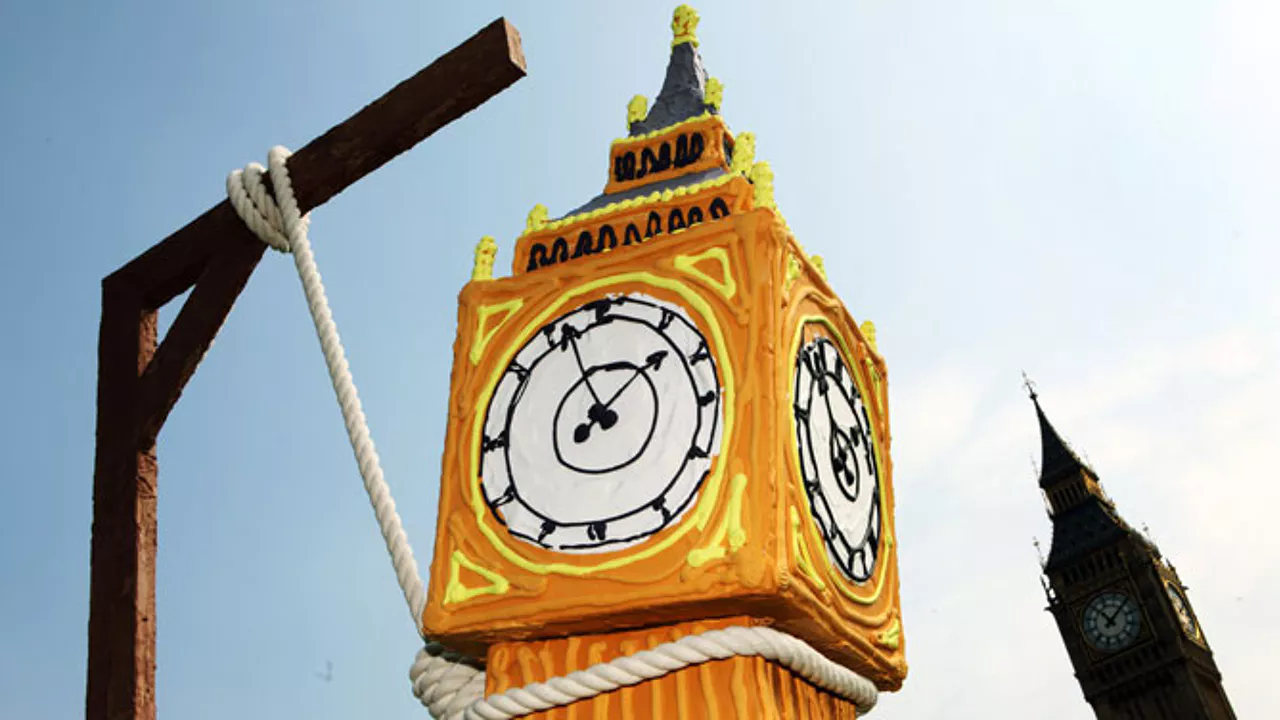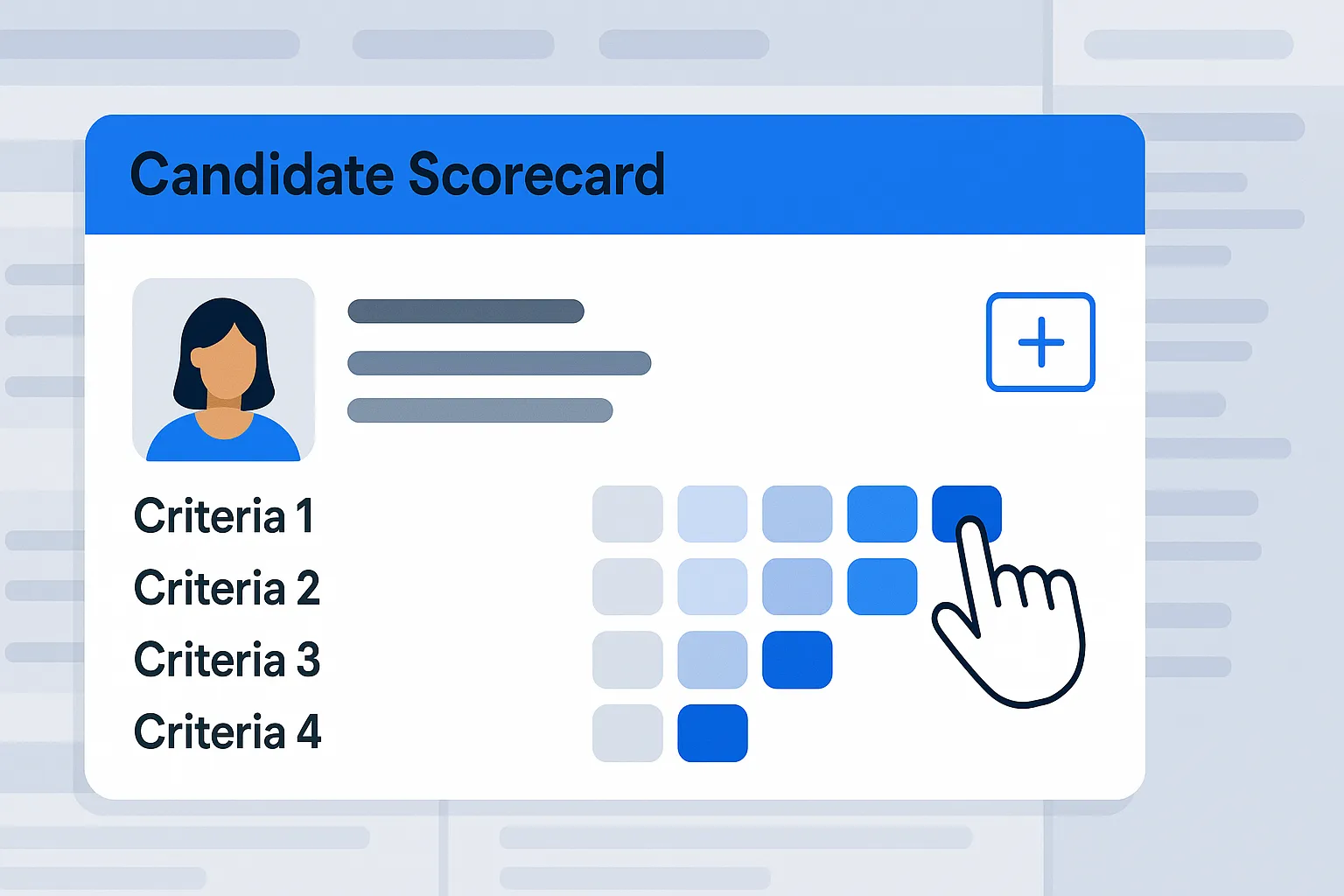Table of Contents
A hung parliament occurs when no single party secures an outright majority in the legislative body, often leading to political instability and uncertainty. Understanding the intricacies of resolving a hung parliament is essential for maintaining democratic integrity and ensuring effective governance.
Understanding a Hung Parliament

A hung parliament happens when no party wins more than half the seats in a general election. This situation requires careful negotiation and strategic alliances to form a stable government.
Immediate Implications
- Political Uncertainty: A hung parliament creates ambiguity, as no party has the mandate to govern alone.
- Market Reactions: Financial markets often react negatively to political instability, leading to economic fluctuations.
- Public Confidence: Voter confidence in the political system may wane, prompting calls for electoral reform.
Strategies for Resolving a Hung Parliament
Resolving a hung parliament involves several strategies, including forming coalitions, negotiating support, and potentially calling for a new election.
1. Forming a Coalition Government
A coalition government is formed when two or more parties agree to work together to achieve a majority.
Key Steps in Forming a Coalition
- Negotiation: Parties must negotiate extensively to agree on a shared policy platform.
- Compromise: Parties must be willing to compromise on critical issues to ensure stability.
- Leadership: Deciding on the leadership structure, including who will become the Prime Minister, is crucial.
2. Confidence and Supply Agreements
An alternative to entire coalitions is a confidence and supply agreement, where a minor party agrees to support a larger party on crucial votes in exchange for policy concessions.
Benefits of Confidence and Supply
- Flexibility: Allows the smaller party to maintain independence while supporting the government on critical issues.
- Stability: Provides the larger party with the necessary votes to pass essential legislation.
3. Minority Government
A minority government is when the largest party governs alone without a majority, relying on ad hoc support from other parties.
Challenges of a Minority Government
- Legislative Difficulties: Passing laws becomes more challenging, requiring negotiation and support from other parties for each bill.
- Short-Term Stability: Minority governments often face a higher risk of collapse, leading to potential early elections.
Case Studies: Successful Resolutions
The UK 2010 General Election
In 2010, the UK experienced a hung parliament, leading to the formation of a five-year coalition government between the Conservative Party and the Liberal Democrats. This coalition was based on a mutually agreed-upon policy platform.
New Zealand 2017 General Election
New Zealand’s 2017 election resulted in a hung parliament. The Labour Party formed a coalition government with the New Zealand First Party, supported by the Green Party through a confidence and supply agreement. This arrangement provided stability and allowed for the implementation of a progressive policy agenda.
Related: Why Your Business Needs a Professional Web Development Company
The Role of the Head of State
In parliamentary systems, the head of state plays a critical role in resolving a hung parliament.
Inviting a Party Leader to Form a Government
The head of state typically invites the leader of the largest party to form a government. Other party leaders may be asked if they need more support.
Ensuring Continuity
The head of state ensures that a functioning government remains in place during negotiations, maintaining stability and continuity.
Impact on Policy Making
A hung parliament can significantly impact policymaking, often leading to more moderate and widely accepted policies due to the need for compromise.
Bipartisanship and Collaboration
- Inclusive Policies: Policies tend to be more inclusive and representative of a broader spectrum of the electorate.
- Reduced Partisanship: The need for cross-party support can reduce extreme partisanship and foster collaboration.
Policy Concessions
- Negotiated Policies: Parties must negotiate and make concessions, often leading to more balanced and well-rounded policies.
- Policy Innovation: The necessity for compromise can lead to innovative solutions that might not emerge from a single-party majority.
Electoral Reform and Future Implications
A hung parliament often triggers discussions about electoral reform to prevent future deadlocks.
Proportional Representation
Many argue that proportional representation can reduce the likelihood of hung parliaments by better reflecting the electorate’s preferences.
Advantages of Proportional Representation
- Fair Representation: Ensures that smaller parties are fairly represented in parliament.
- Coalition Governments: Encourages coalition governments, which can lead to more stable and inclusive governance.
Alternative Voting Systems
- Ranked Choice Voting: Voters rank candidates by preference, which can lead to more representative outcomes.
- Mixed-Member Proportional: Combines direct election of representatives with proportional representation, balancing constituency interests with overall fairness.
Final Words
Resolving a hung parliament requires careful negotiation, strategic alliances, and often, innovative political solutions. By understanding the various strategies and their implications, political leaders can navigate the complexities of a hung parliament to ensure stable and effective governance.




